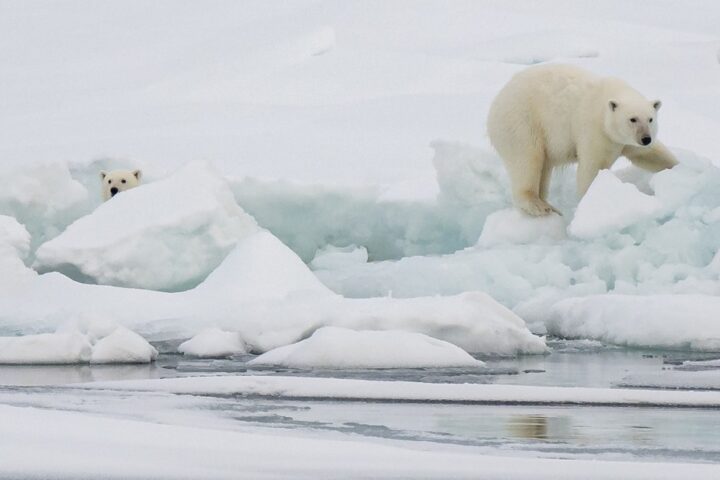
Pentagon Arctic Strategy Aims to Enhance U.S. Presence, Exercise More Often
The High North remains the “shortest and least defended threat sector” to the U.S., the deputy commander of U.S. Northern Command said Tuesday.…

Copyright 2024 U.S. Naval Institute. All Rights Reserved.